Intermediates
Gallantry and accessories
Blog Piekiełka
Lambadi Banjara - history and culture
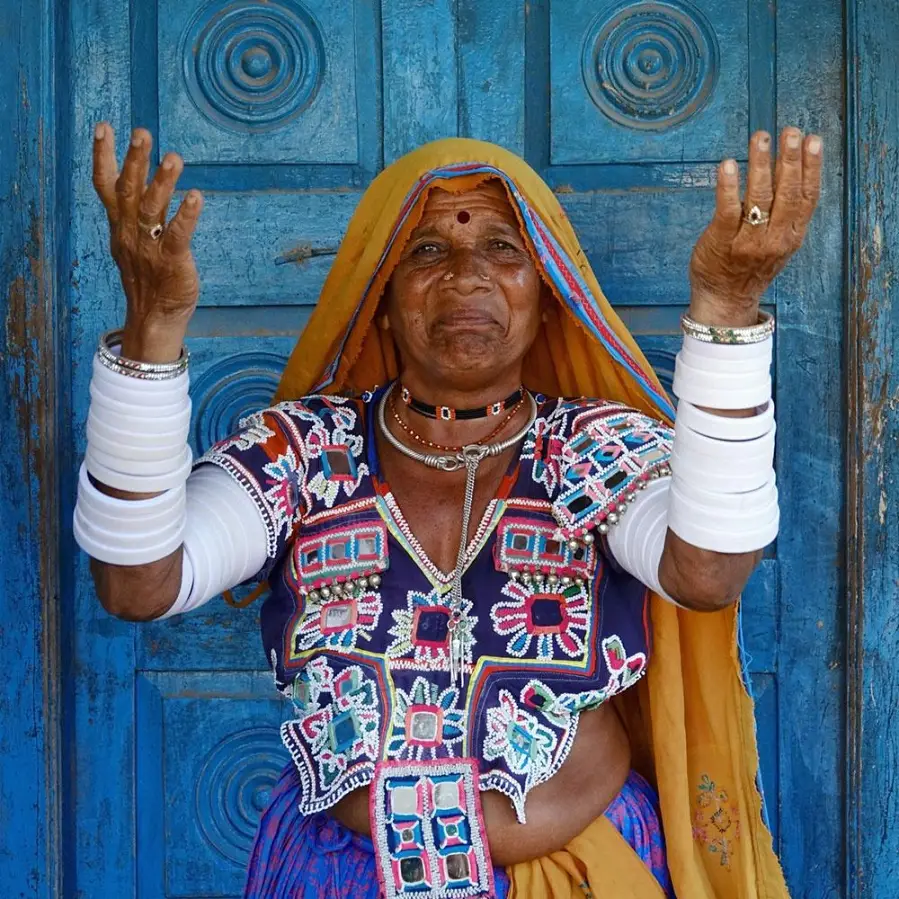
The Banjara people also known as Lambadi, Banjara or Upper Banjara, are an ethnic group living primarily in India. They are a tribal community whose origins go back far in history. Lambadi is the commonly used term for this group in the Telangana region, Andhra Pradesh and other parts of India.
Origins and migrations of the Banjars
To understand the Banjars, we need to go back in time and look at their origins and migrations. The Banjars have their roots in the Indian subcontinent, and their original lands were inhabited by groups of nomads and shepherds. Over the centuries, the Banjars have moved over a wide area, crossing different regions and countries such as India, Bangladesh, Nepal, Sri Lanka and Malaysia. Their migrations were due to various factors, such as seeking better pasture for their cattle, trade, as well as cultural and political aspects. Despite their dispersion, the Banjars have always tried to preserve their identity and traditions.
Lambadi - Banjara culture and traditions
In addition to their crafts, the Banjars also have a rich musical and dance tradition. Their dances are energetic and lively, often accompanying them during festivals, holidays and other celebrations. Lambadi dances use distinctive movements, swirling fabrics and the rhythmic sounds of traditional musical instruments such as the dholak (drum) and manjira (small bells on bracelets).
Lambadi music reflects their daily life, history, love, longings and joys. They use a variety of instruments such as the harmony, flute, dholak and dafli (small drum) to create rhythmic melodies that accompany their dances and songs. Traditional Lambadi songs, known as Lambadi Gitam, are full of emotion and convey stories and wisdom passed down from generation to generation.
The Lambadi community also has its own traditions and religious beliefs. Most Lambadi are followers of Hinduism, but there are also influences of local beliefs and traditions in some communities. Temples and places of worship play an important role in their religious life, and special ceremonies, prayers and offerings are held during holidays and festivals.
Activities of the Banjars
In terms of occupations, the Banjars are known for their diverse fields, which include both agriculture and trade. Traditionally, they grow crops such as cotton, grains, vegetables and fruits. Many Banjars keep cattle and live a nomadic lifestyle, moving with their herds in search of convenient grazing land. Cattle raising is not only a source of livelihood for them, but also part of their culture and heritage.
In addition to farming and ranching, the Banjars are also skillful artisans. They are known for producing high quality handicrafts such as:
- Silver jewelry: They use manufacturing techniques such as carving, hammering and ornamentation to create beautiful bracelets, necklaces, earrings, rings and brooches. This jewelry often features distinctive floral, animal or geometric motifs.
- Lace jewelry: They specialize in lace jewelry, which is made by hand by weaving threads into delicate designs. This traditional lace-making technique has been passed down from generation to generation. Banjars' lace jewelry includes necklaces, bracelets, earrings and hair ornaments.
- Handicraft fabrics: They are known for producing embroidered fabrics with beautiful designs and embellishments. They use embroidery, appliqué and lace embellishment techniques to create unique designs on dresses, skirts, scarves and other clothing items. The fabrics are often dyed with natural dyes and made of cotton or silk.
- Hair ornaments: They create hair ornaments that are often worn by women. They use a variety of materials such as beads, fabrics, ribbons and flowers to create ornaments such as bobby pins, garlands and decorative bows. These ornaments are popular during celebrations and holidays, adding color and sparkle to traditional hairstyles.
- Bead ornaments: They have a long tradition of making bead ornaments. They create bracelets, necklaces, earrings and other accessories using a variety of bead colors and patterns. They often combine beads with other materials, such as silver or stringing, to create unique and striking ornaments.
Preserving tradition and challenges
Despite the influences of modernity and globalization, Banjars strive to preserve their traditions and heritage. Banjar communities organize various festivals and celebrations where their traditions, music and dance are celebrated. This allows younger generations to learn and enjoy the richness of their ancestors' culture.
However, Banjars also face challenges in preserving their traditions and heritage today. The advance of urbanization, lifestyle changes and economic conditions are affecting traditional activities such as nomadic cattle raising. More and more Banjars are moving to find permanent employment and settling in urban areas. This is changing their traditional lifestyles and affecting the long-term survival of their traditions and occupations.
It is important to appreciate and promote the culture and traditions of the Banjars. By supporting their handmade clothing and jewelry products, we can help maintain their craft skills and pass them on to the next generation. Preserving and nurturing the heritage of the Banjars is not only important for themselves, but also for the preservation of cultural diversity and the heritage of humanity as a whole.
In the face of modern challenges, preserving and promoting the traditions of the Banjars is not only important for themselves, but also for the preservation of cultural heritage and cultural diversity. By supporting their handicrafts, protecting the environment and promoting intercultural dialogue, we can contribute to the long-term preservation and appreciation of their heritage.
Ethnic patches - handicrafts
-
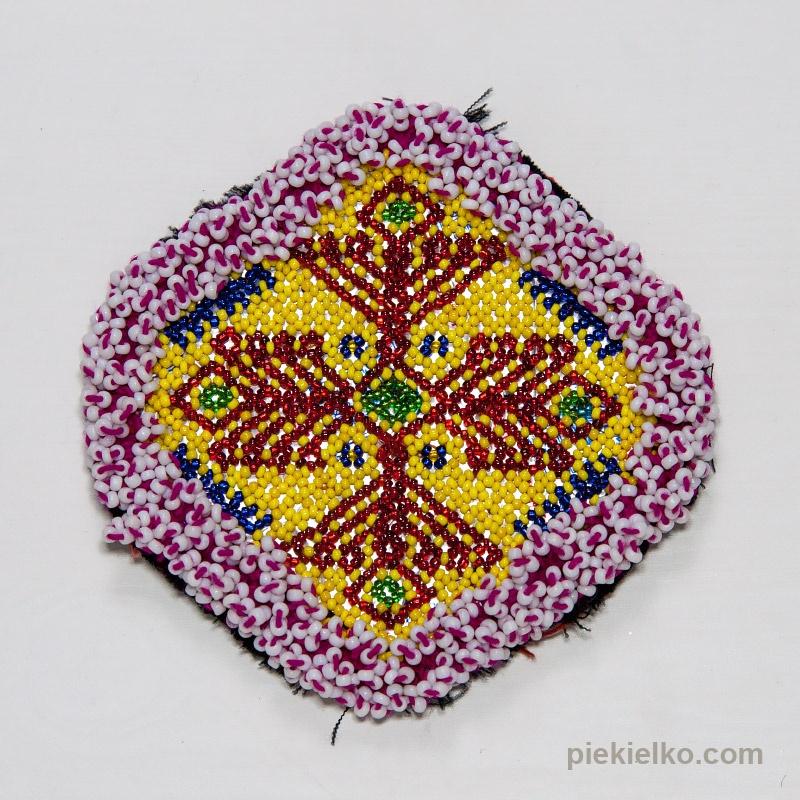
Polygon patch
31,0023,25 -

Afghan rhombus patch
26,0019,50 -
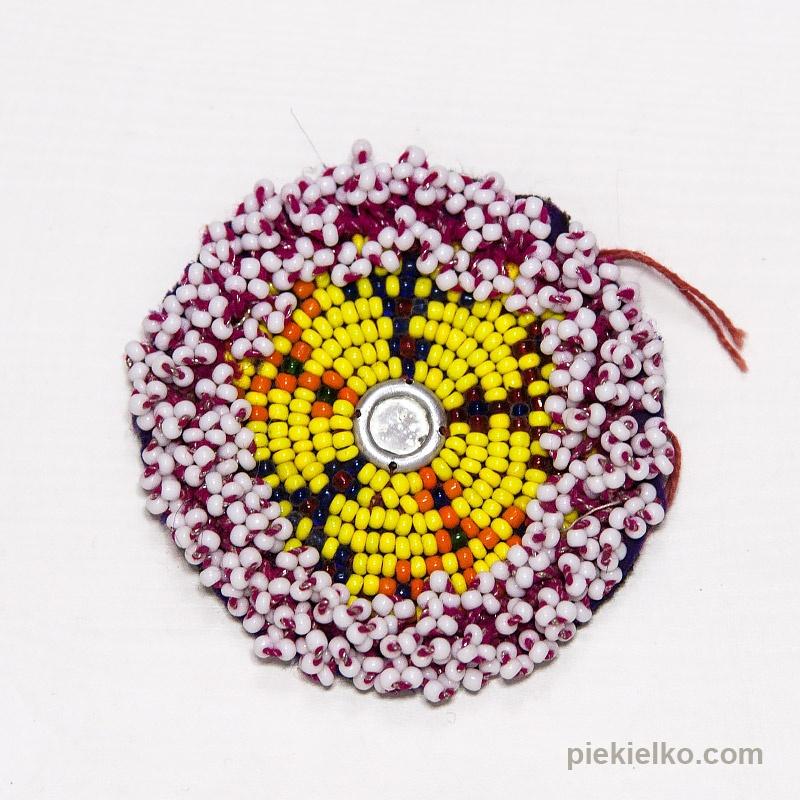
Ethnic handmade patch
23,0017,25 -
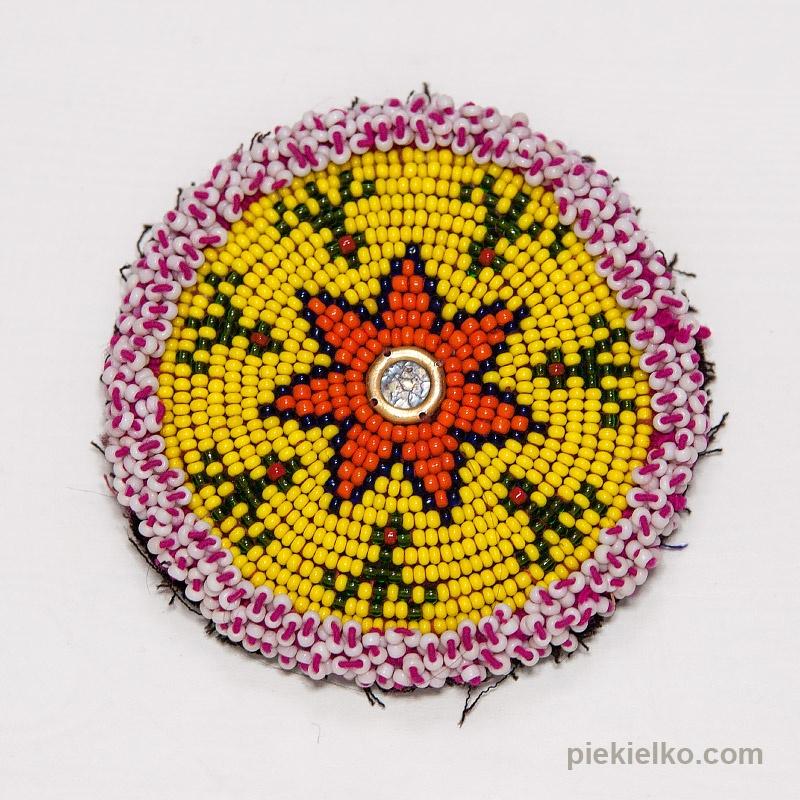
Ethnic handmade patch
31,0023,25 -
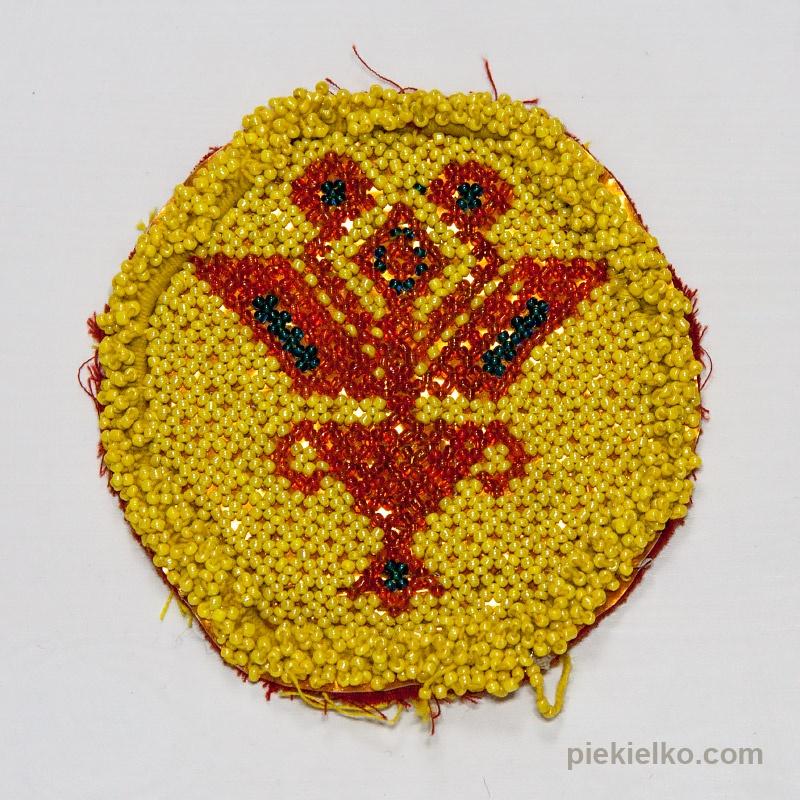
Polygon patch
26,0019,50 -
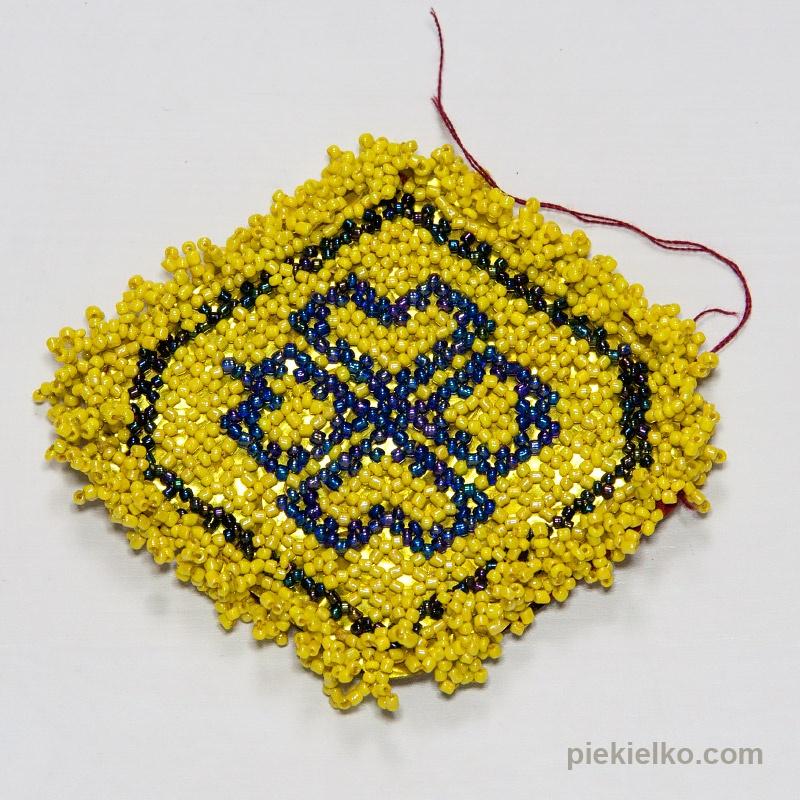
Afghan rhombus patch
23,0017,25 -
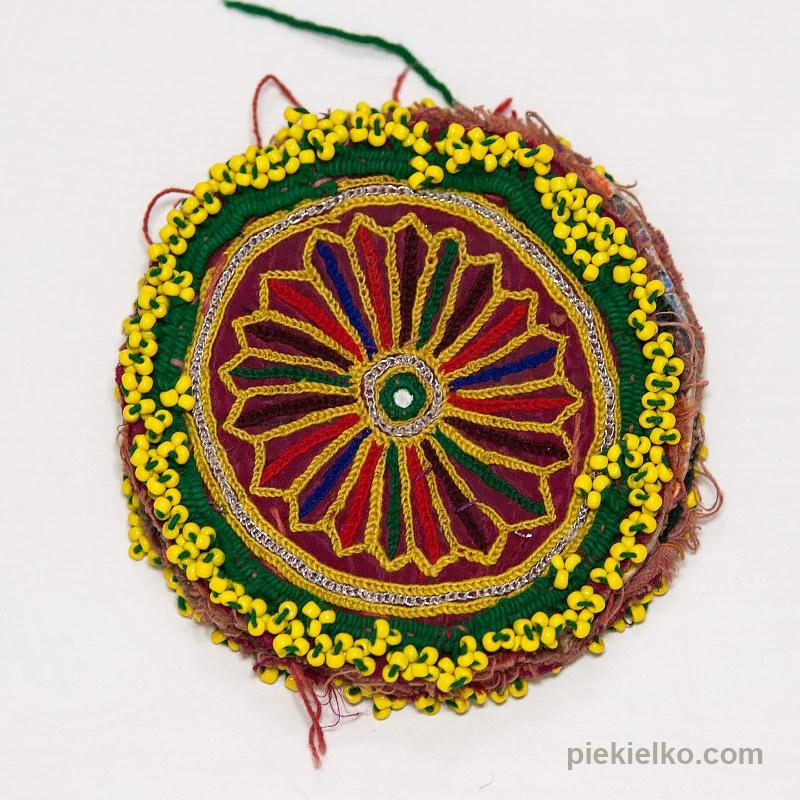
Ethnic handmade patch
31,0023,25 -
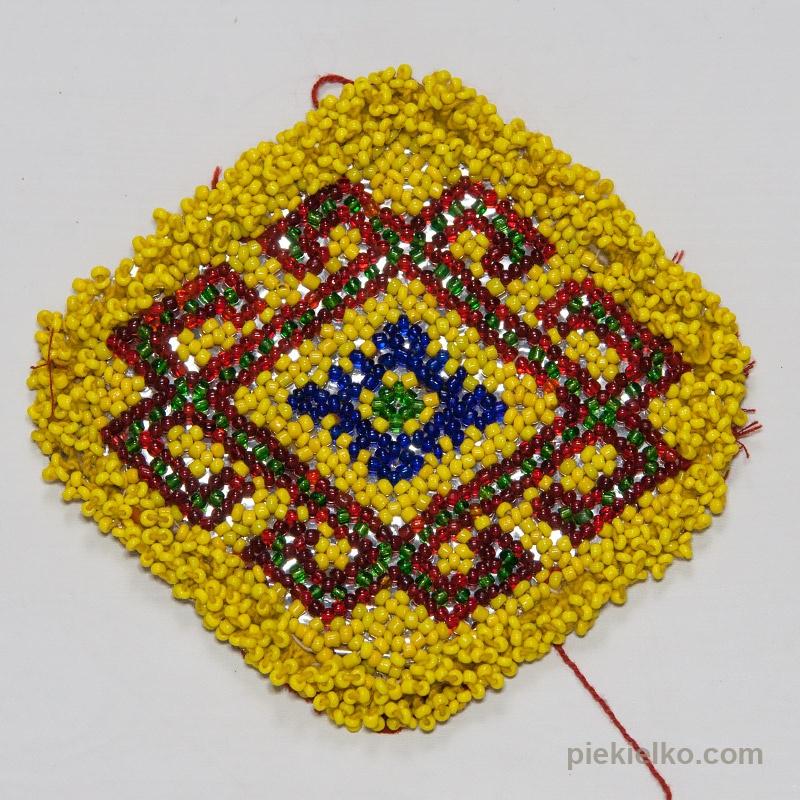
Afghan rhombus patch
31,0023,25 -
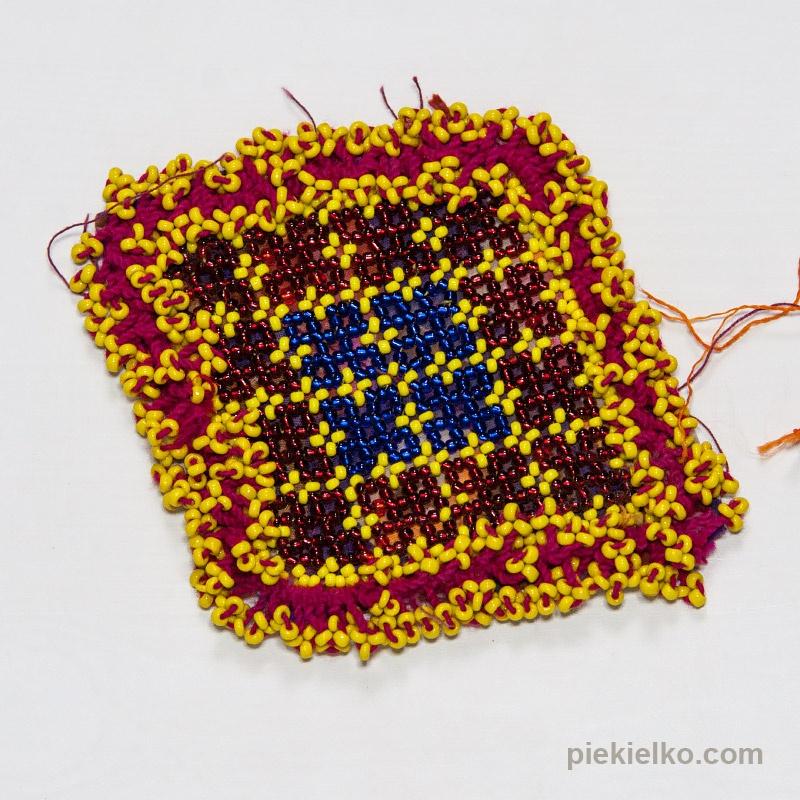
Afghan rhombus patch
26,0019,50 -
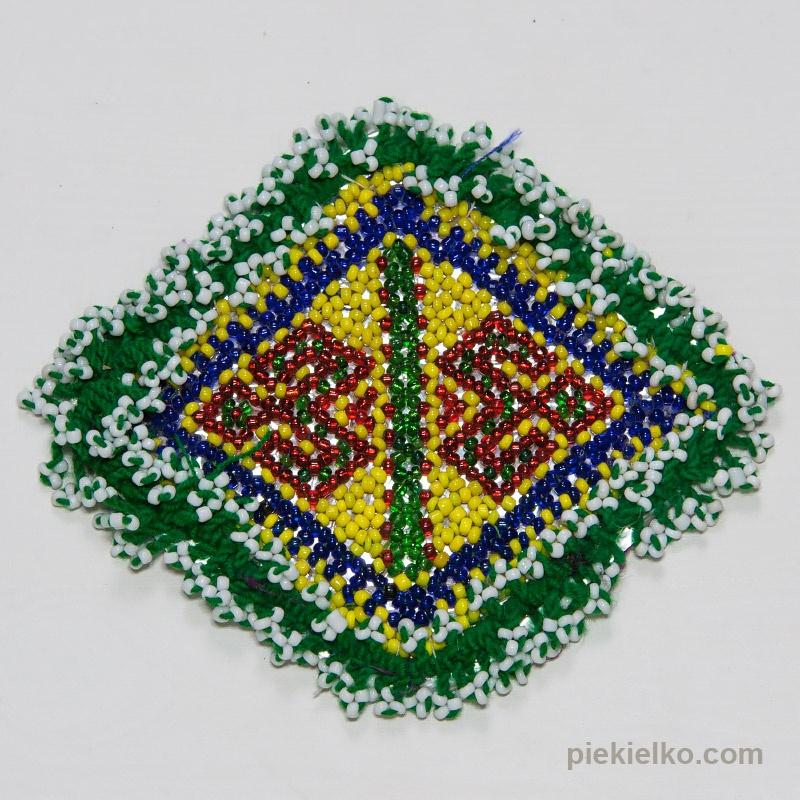
Afghan rhombus patch
31,0023,25 -
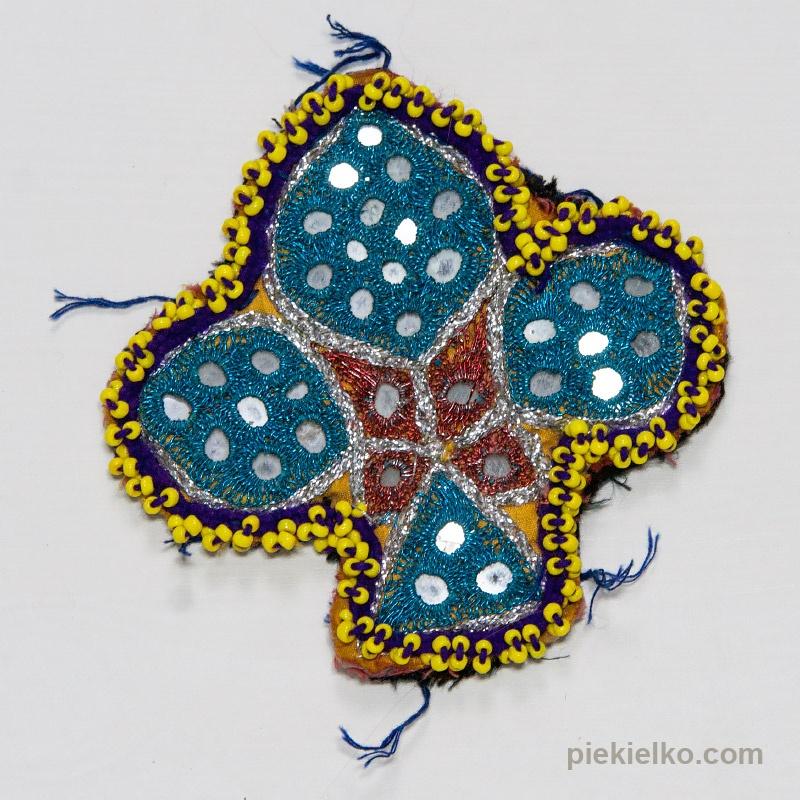
Lily handmade patch
23,0017,25 -
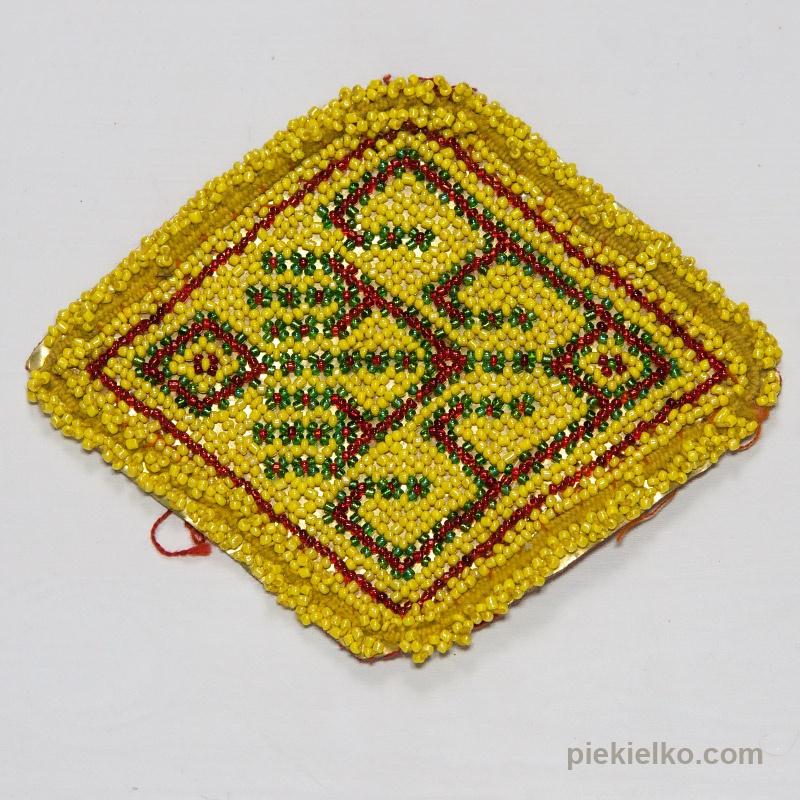
Afghan rhombus patch
31,0023,25 -
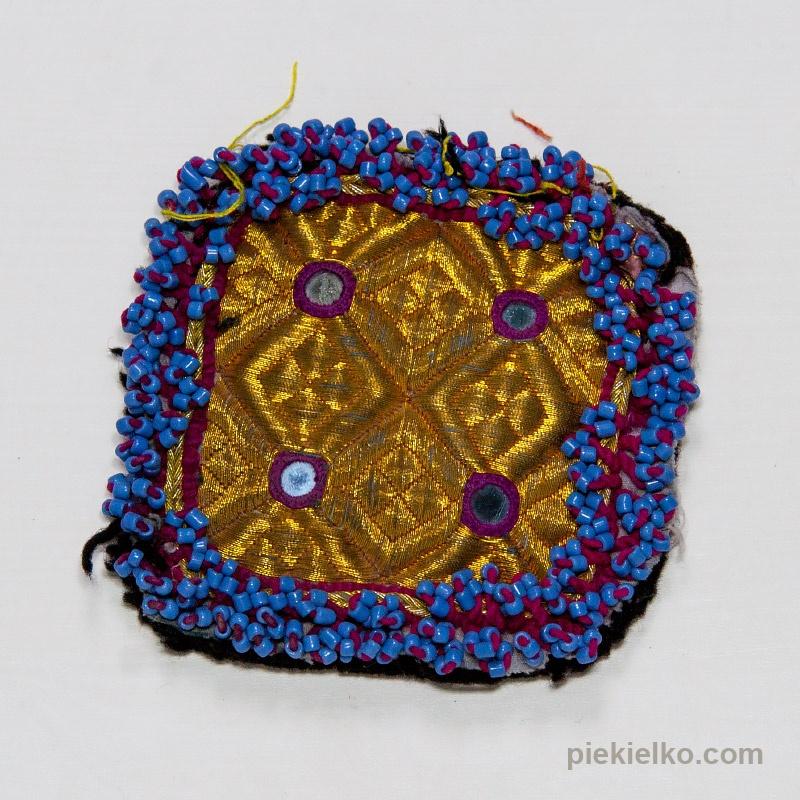
Square handicraft patch
26,0019,50 -

Ethnic handmade patch
26,0019,50 -
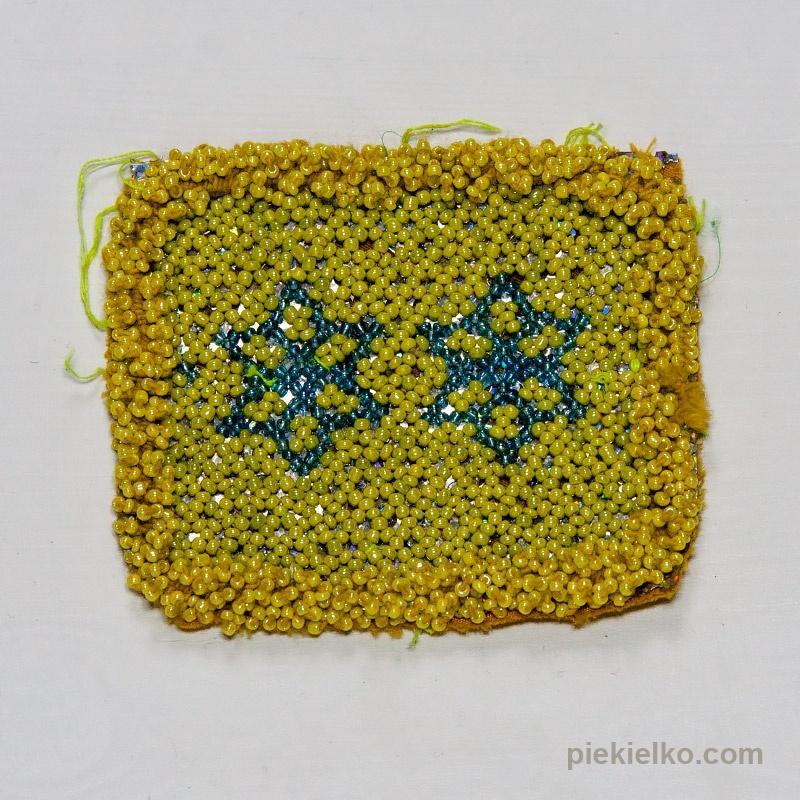
Square handicraft patch
26,0019,50 -
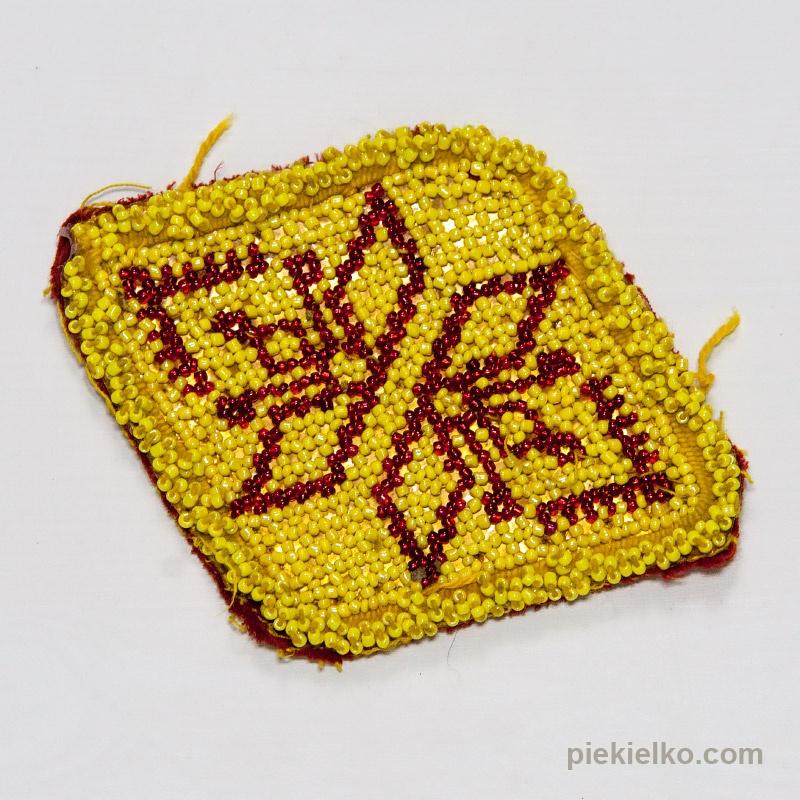
Afghan rhombus patch
26,0019,50 -

Afghan rhombus patch
23,0017,25 -
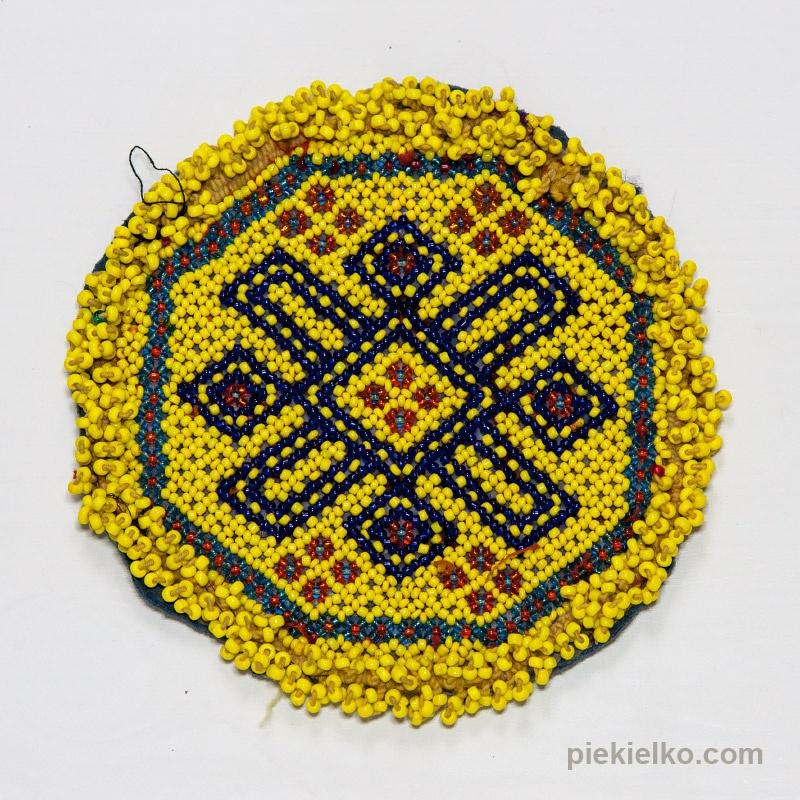
Polygon patch
31,0023,25 -
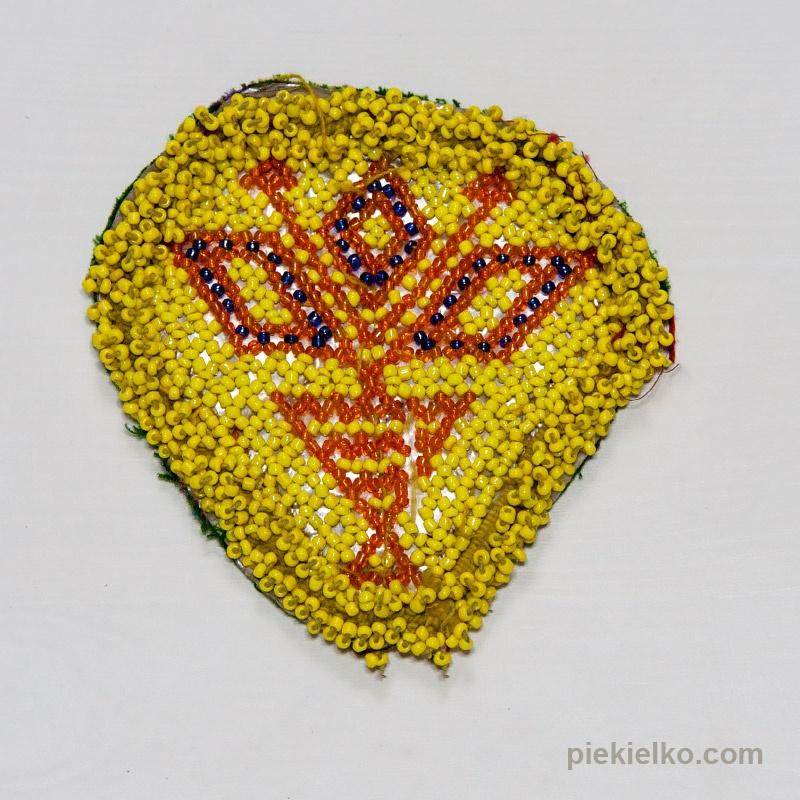
Oriental beaded patch
20,0015,00 -
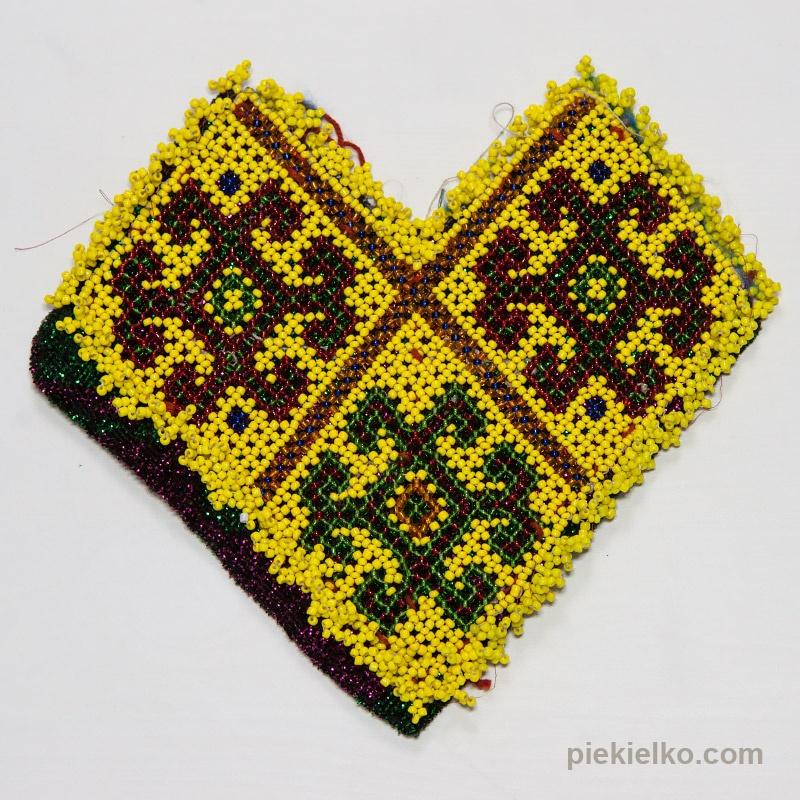
Bedouin heart patch
33,0024,75



© Piekielko.com

